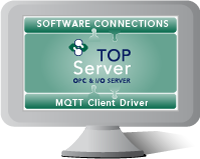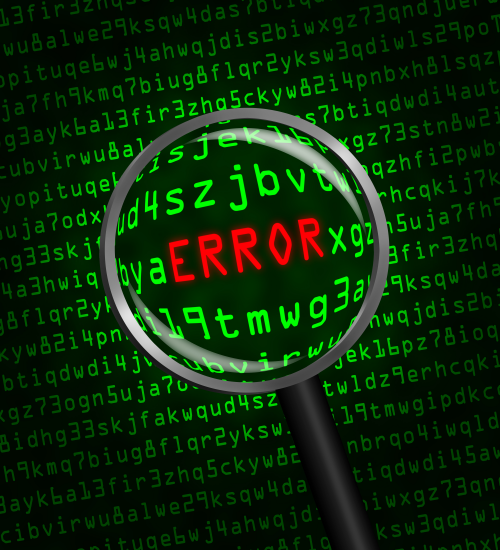The Message Queue Telemetry Transport (MQTT) standard is a lightweight publish/subscribe model communications protocol used widely for Industrial Internet of Things (IIoT) integration of edge devices across a wide variety of industries around the world.
In this video blog, I'll show you how to get started using our MQTT Client driver to interface to an MQTT broker or server (including devices acting as a broker or server) to integrate data from your IIoT data into Wonderware applications.










